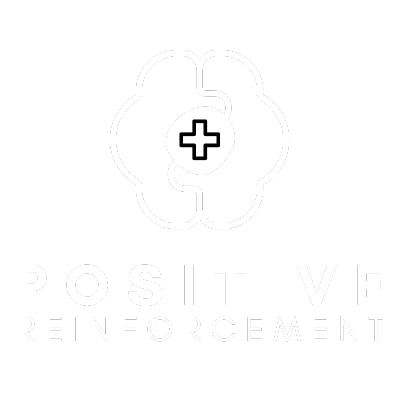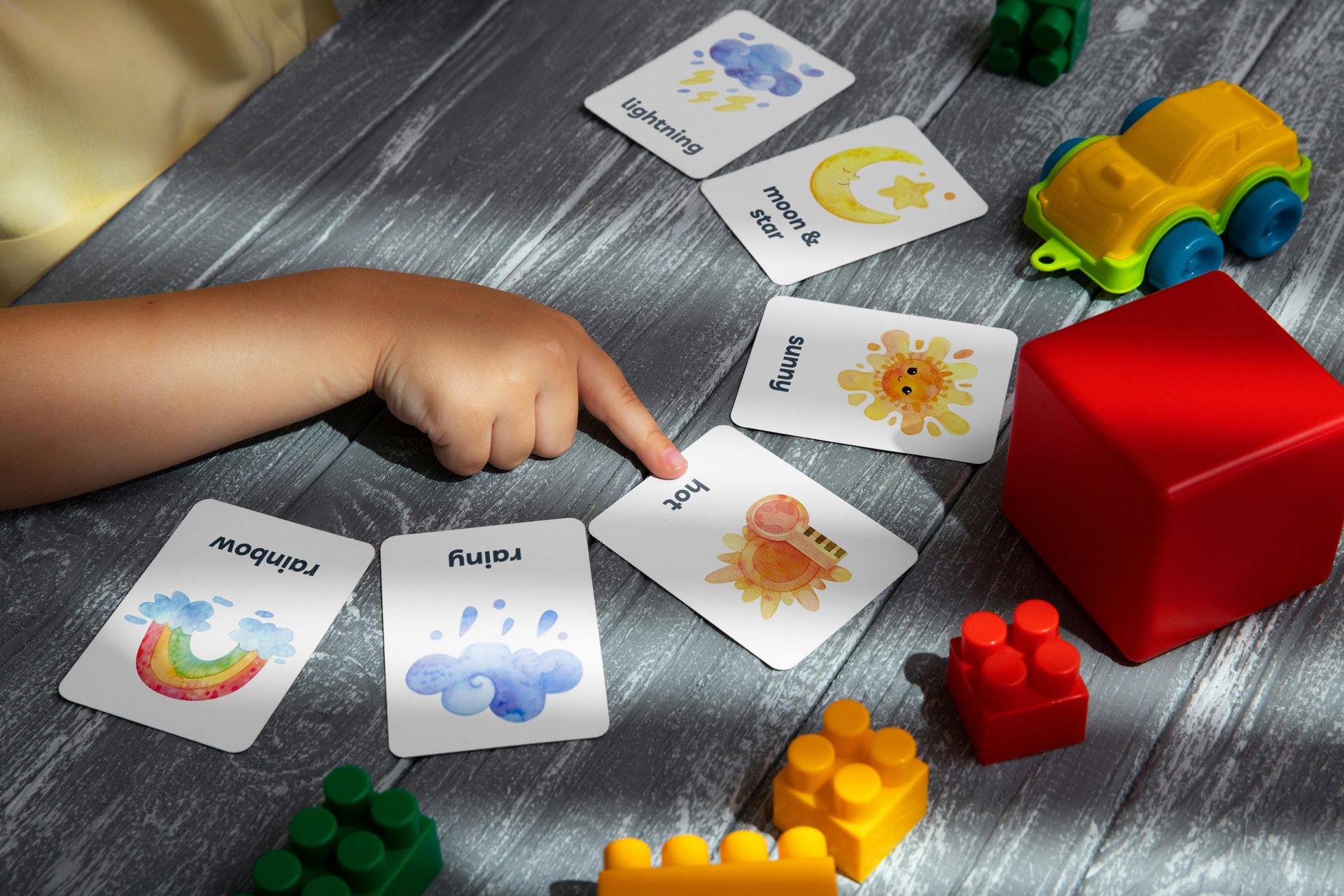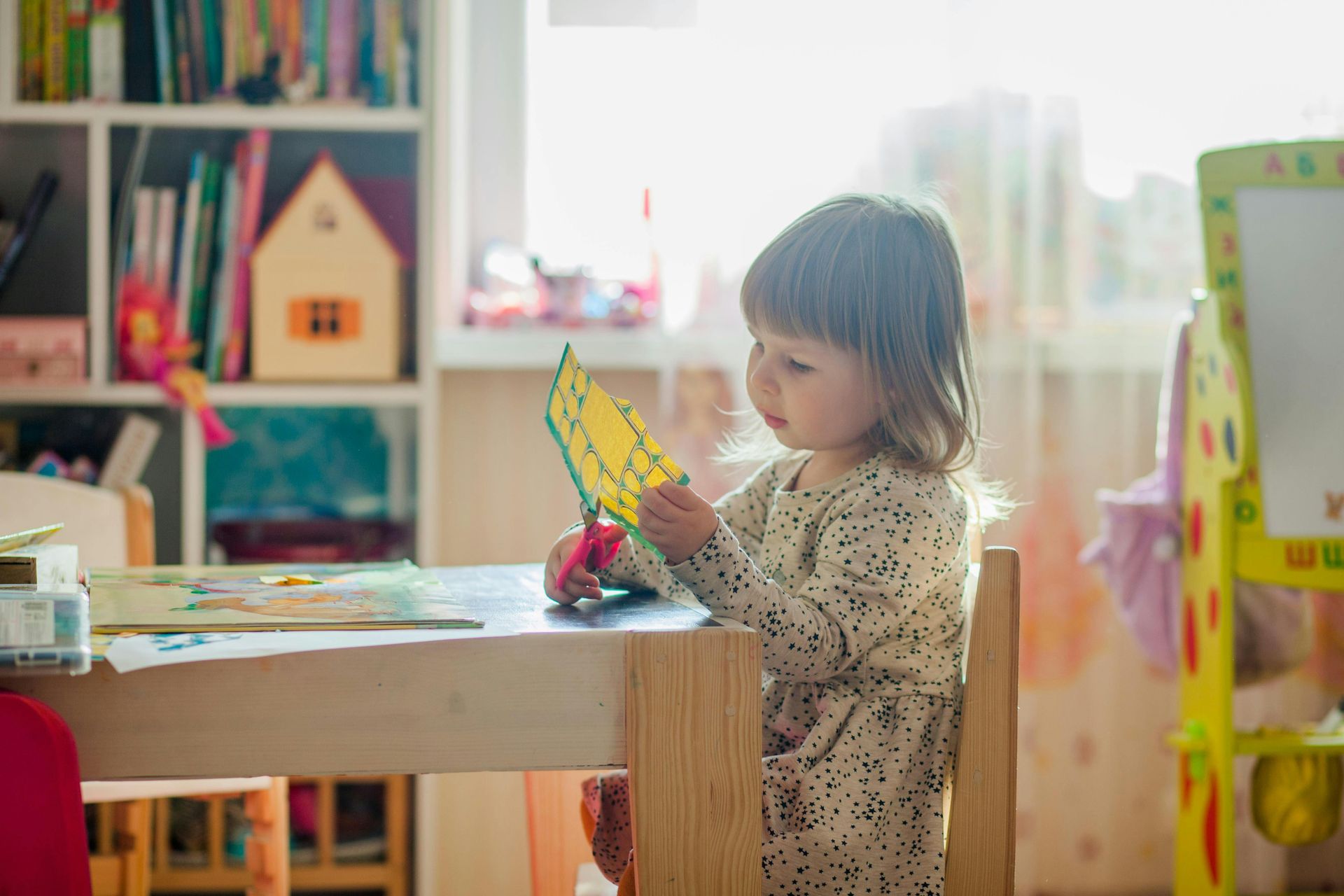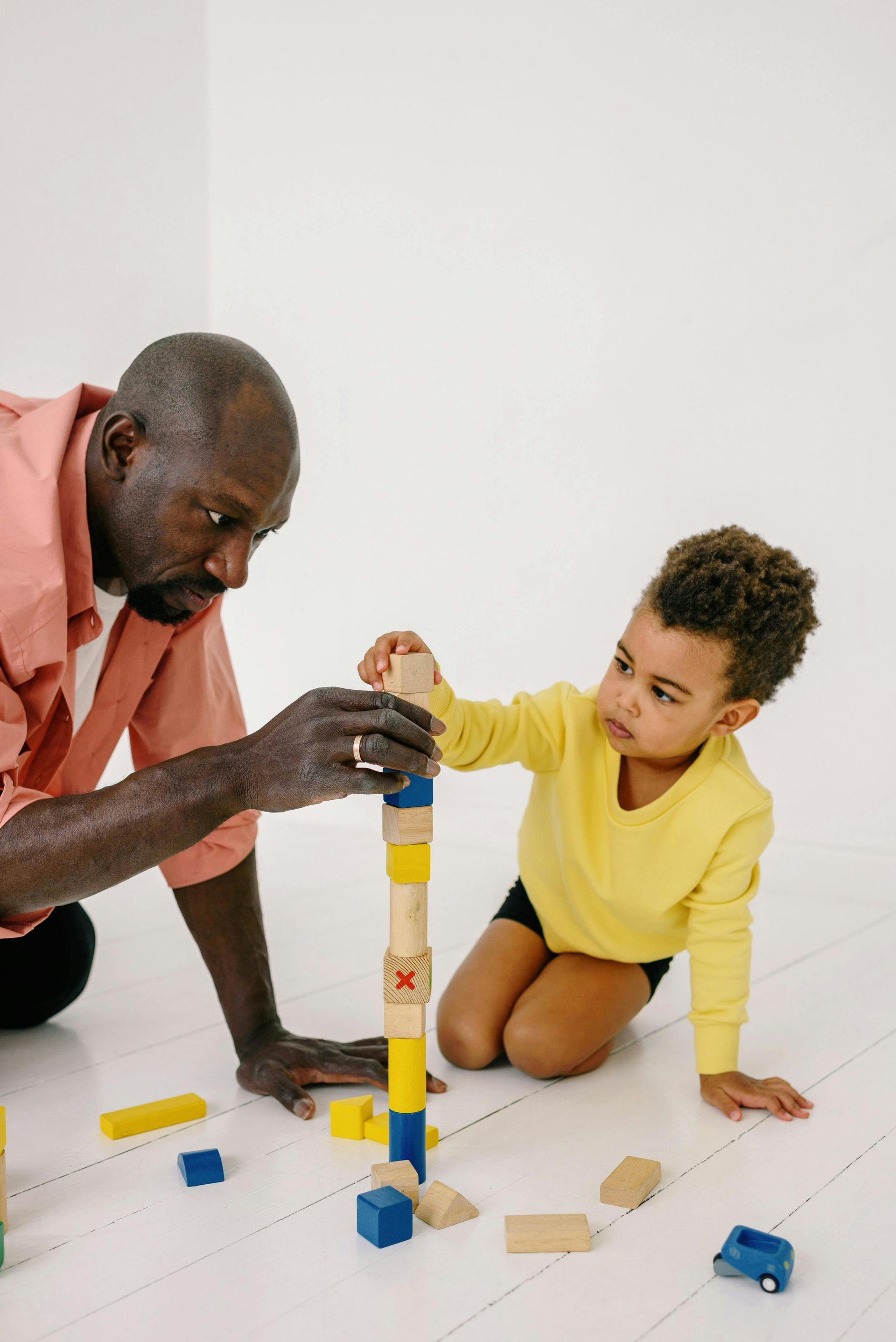Speech Therapy Goals and Results for Children with Autism
Speech Therapy Goals and Results for Children with Autism

Autism Spectrum Disorder affects a person’s ability to communicate in many ways. In some cases this is manifested in behavior—rocking, eye contact avoidance, even meltdowns are a form of communication. Autism may also affect how a person speaks or their ability to listen when others speak. These are the types of symptoms speech therapy concerns itself with.
Here are a few of the most common speech therapy goals for children with autism:
● Build up the muscles in the neck, jaw, and mouth - these are muscles used for articulation
● Enunciate more clearly - making crisp, distinct sounds
● Practice modulating tone of voice - to avoid speaking in monotone and be better understood
● Use of assistive technology - some individuals with autism utilize mobile apps or other devices to communicate
● Understanding nonverbal communication - matching emotions to facial expressions or body language
Typically, speech therapists will work to help a patient with one of more such goals over the course of weeks, months, or even years. No one case of autism is exactly like another, and each will have unique needs to be addressed. As such, it is impossible to make one estimate for duration or intensity of therapy that would fit every case.
Instead, it is vital to have a child’s needs evaluated by a professional. The autism support organization Autism Speaks recommends asking the following questions before selecting a therapist:
- How many hours of treatment per week are you recommending?
- How long will sessions last?
- How will you measure my child’s progress?
- What improvements can I expect within a week? A month? A year?
The answers to these questions will give you insight into what results you may expect.
Another important question to ask is, “How can I reinforce therapy work at home?” Families can do a lot to support their loved one with autism, including encouraging them to name objects and participate in verbal games or other tasks.
Positive Reinforcement not only offers ABA therapy services for North Virginia, West Virginia, Kentucky, including cities like Glen Allen Virginia, Winchester Virginia, and Aba Therapy Richmond Virginia.










